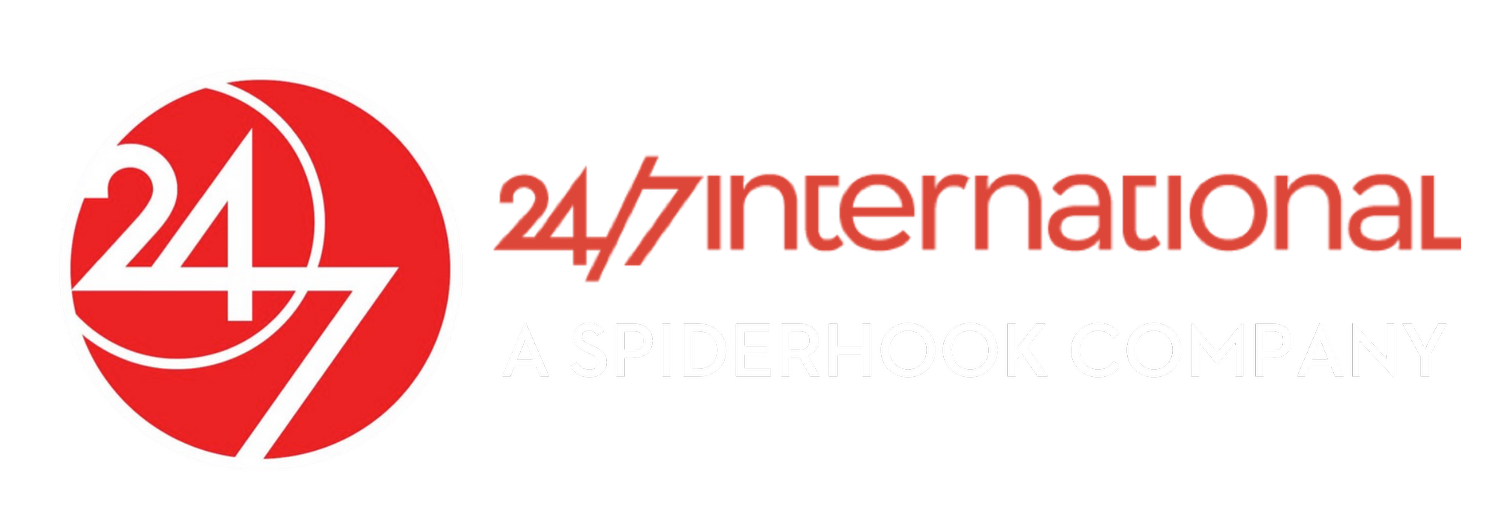What are the top features in SAP Concur that every finance team should use?
Expense and invoice management
Compliance and control
Integration and reporting
Efficiency and user experience
Overview
SAP Concur simplifies financial operations for finance teams by automating expense, travel, and invoice management while ensuring compliance and visibility.
Its integration with ERP systems consolidates data, reduces errors, and enables real-time reporting.
Partnering with 24/7 International ensures seamless implementation, local compliance, and continuous optimization for smarter, more efficient financial management.
Finance teams face the ongoing challenge of maintaining accuracy, compliance, and efficiency while overseeing multiple financial processes. However, manual workflows, delayed approvals, and fragmented data often disrupt productivity and limit operational visibility.
That’s where SAP Concur comes in, a powerful, cloud-based solution designed to simplify expense, travel, and invoice management while giving finance teams greater control and visibility.
In this article, we will explore the top features in SAP Concur that every finance team should use to drive smarter, faster, and more efficient financial operations.
Expense and Invoice Management
This feature streamlines expense management by automating submissions, receipt matching, and policy compliance within a secure, cloud-based system. It digitizes invoices and routes them for approval, eliminating manual work, minimizing errors, and providing full visibility into company-wide spending.
With SAP Concur, finance teams can track expenses in real time, uncover cost-saving opportunities, and maintain compliance effortlessly. The result is faster reimbursements, improved accuracy, and more time for strategic financial planning and growth.
Compliance and Control
SAP Concur provides built-in compliance and control tools to monitor spending, enforce approval workflows, and ensure all transactions adhere to corporate and regulatory standards.
The system offers full visibility into expense activities, helping detect policy violations, prevent overspending, and reduce fraud risk. Automated audit rules and preset limits maintain compliance without slowing processes.
For finance teams, this translates to fewer manual checks, faster reimbursements, and more accurate reporting. Real-time alerts and dashboards enable immediate corrective action when irregularities arise.
Integration and Reporting
Integrating your financial systems with expense data enables smarter, more efficient operations. SAP Concur unifies travel, expense, and invoice information on a single platform, eliminating data silos and manual consolidation. Every transaction, from employee reimbursements to vendor payments, is automatically synced with your ERP or accounting system for improved accuracy and transparency.
Through advanced reporting tools, you can easily generate detailed financial summaries, track spending trends, and identify areas for cost optimization in real time. These insights empower your team to make informed, data-driven decisions while maintaining compliance with internal and external regulations.
Efficiency and User Experience
SAP Concur enhances efficiency and user experience through automation and intelligent design, allowing your finance team to handle expenses, travel, and invoices seamlessly within a single platform.
With features like digital receipt capture, mobile accessibility, and real-time synchronization, your team can process approvals faster, reduce manual errors, and maintain better control over spending.
Without such capabilities, your finance operations risk delays, inaccuracies, and frustration from managing disconnected systems. Adopting SAP Concur gives your organization a smarter, more efficient financial management system that boosts accuracy, transparency, and productivity.
How 24/7 International Helps You Maximize SAP Concur
At 24/7 International, we maximize SAP Concur’s spend management capabilities, combining technical expertise with industry insight to deliver lasting efficiency, compliance, and visibility across your financial operations.
Seamless Implementation Tailored to Your Business Needs
24/7 International customizes every SAP system implementation to align with your organization’s goals, workflows, and financial structure. Our consultants ensure a smooth transition with minimal disruption, guiding you from initial setup to post-launch optimization for a solution that fits your business perfectly.
Expert Integration with Existing ERP Systems
We specialize in integrating SAP Concur seamlessly with your existing ERP platforms, including SAP S/4HANA and other enterprise systems. This ensures data consistency across departments, enhances visibility, and eliminates manual data entry, creating a unified financial ecosystem.
Continuous Support and Optimization
With 24/7 International, you gain an ongoing partnership dedicated to your success. Our global support team provides continuous assistance, system monitoring, and proactive updates to help you adapt to evolving business needs and maximize your investment in SAP Concur.
Local Expertise in Compliance and Best Practices
Our team’s deep understanding of Philippine financial regulations and reporting standards ensures full compliance and efficient workflow design. We help your business navigate local tax rules, audit requirements, and policy frameworks, ensuring every transaction meets the highest standards of accuracy and governance.
Key Takeaway
The features in SAP Concur that every finance team should use are built to simplify complex financial processes, enhance visibility, and ensure compliance across all spending activities.
At 24/7 International, we help businesses unlock the full potential of SAP Concur through seamless implementation, local expertise, and continuous optimization. Ready to enhance your financial efficiency? Contact us today to learn how we can help your organization maximize SAP Concur’s capabilities.

















